Carbon Steel vs. Stainless Steel | What Is Carbon Steel | What Is Stainless Steel
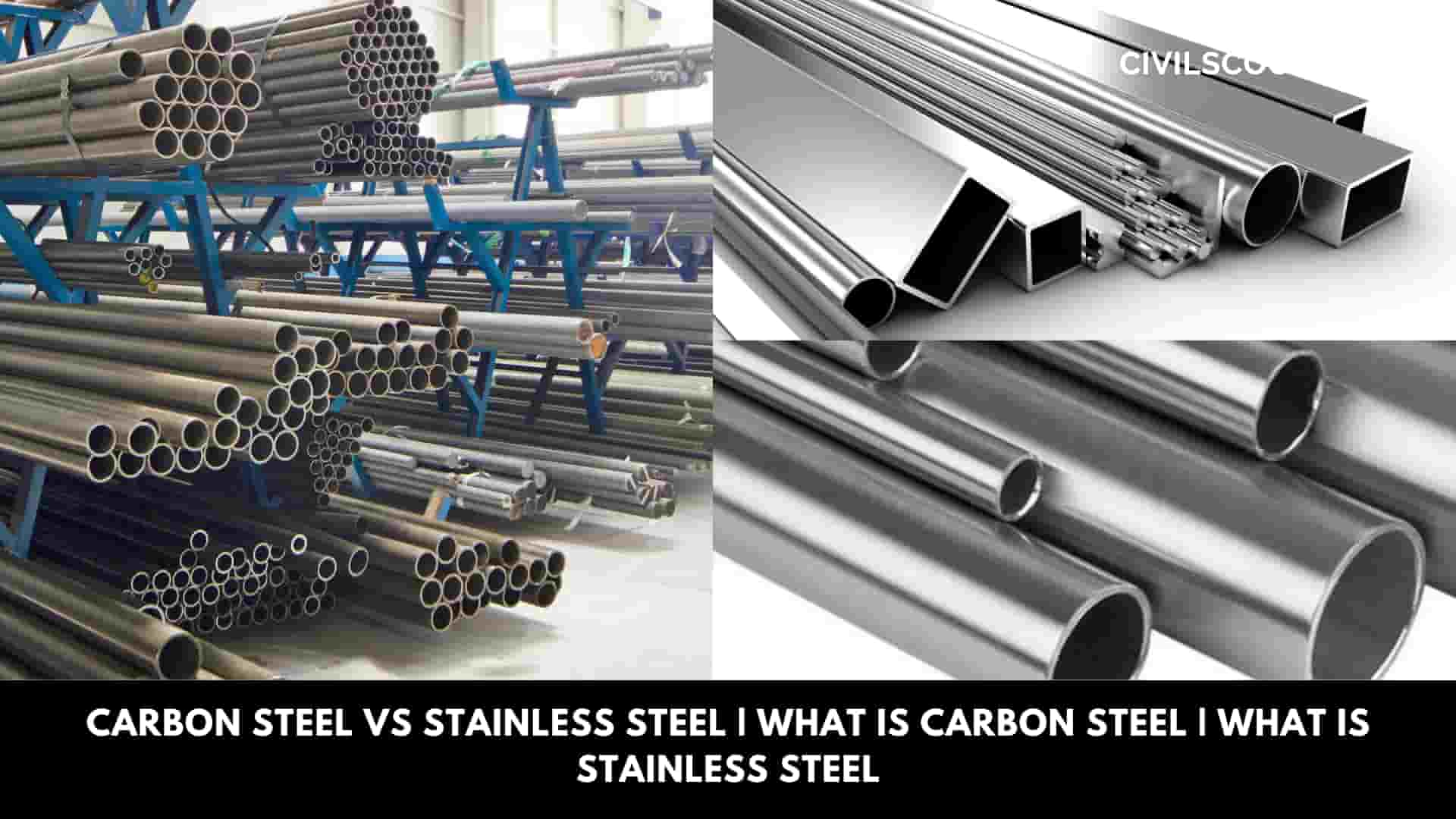
Table of Contents
What Is Carbon Steel?
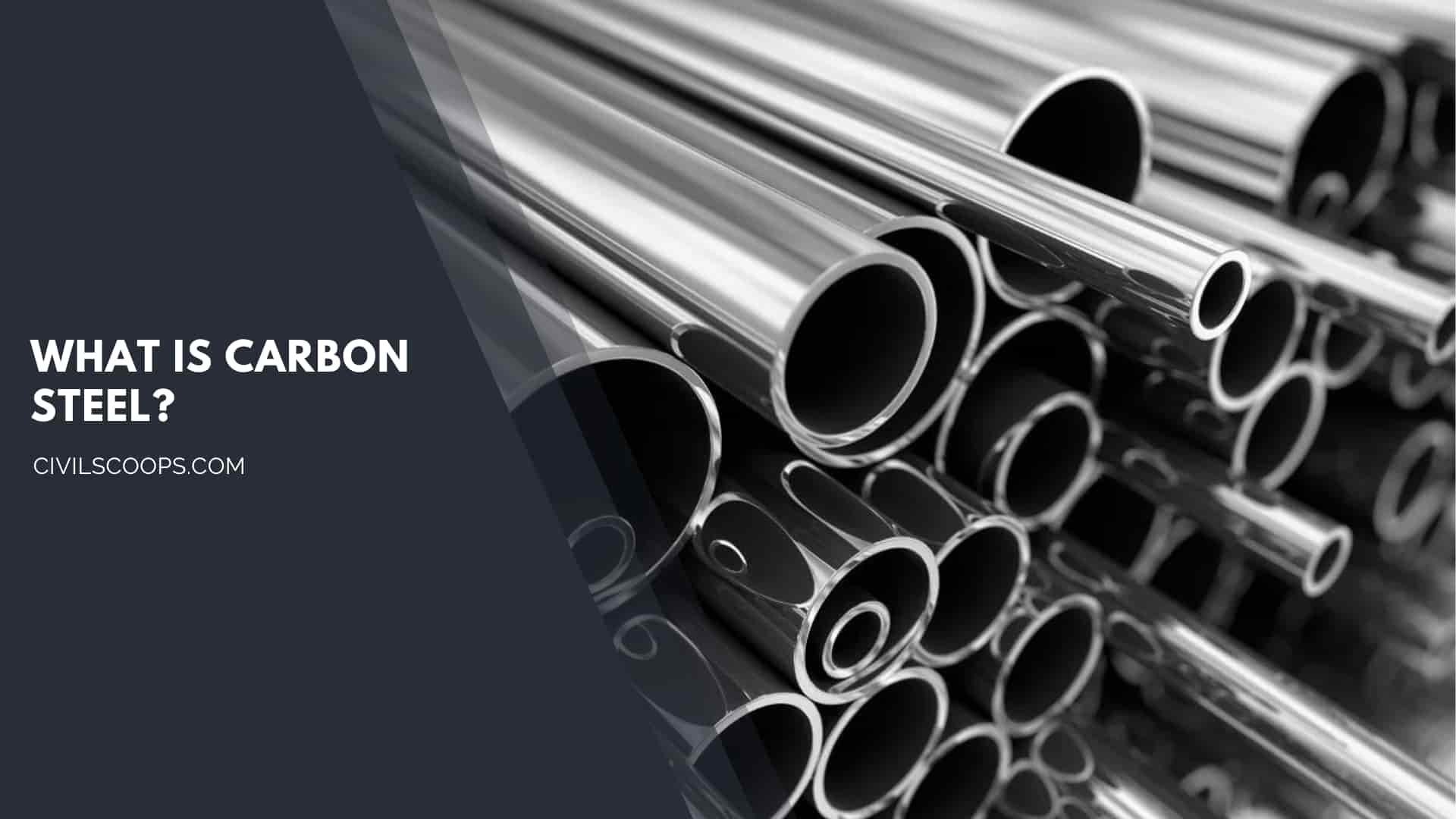
One of the trendy and widely used construction materials in the world contains steel. Steel are many types, and carbon steel is one of them.
Steel, which contains over 0.8% of carbon, can be classified as high-carbon steel. This particular steel is approximately very hard and brittle. So it is likely to break smoothly when it is used inappropriately.
Type of Carbon Steel
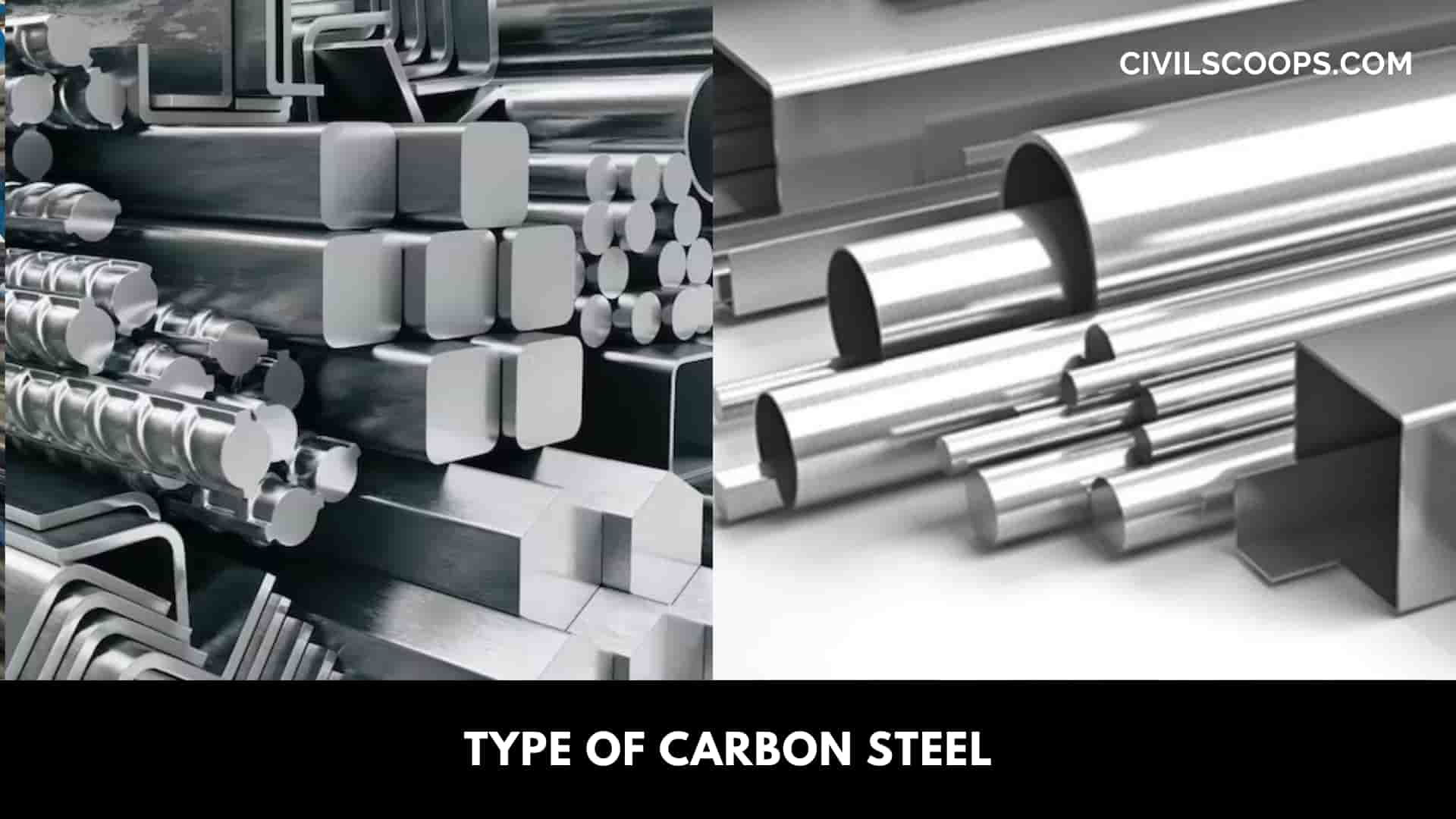
Steel, which contains carbon as the main alloying component, is known as carbon steel. Based on the content of its basic component, it can be classified as follows.
1. Low or Mild Carbon Steel
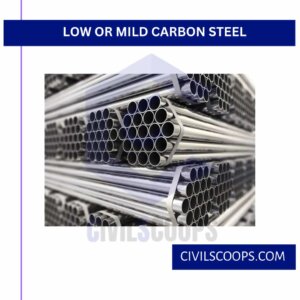
Low or mild steel contains 0.16-0.29% of carbon. This variety of steel is used for various uses as it is cheap compared to the other types of steel.
Mild steel has relatively lower durability and strength as it contains a lesser amount of the main component. Used in places when a large amount of steel is required, this variety of steel is applicable for various construction purposes.
2. Medium Steel

Another notable variety of carbon steel is quite strong and resistant. It is generally used for automotive components and large metal structures.
3. High Carbon Steel
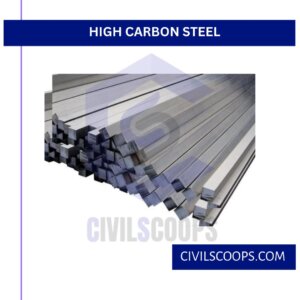
This variety of steel is very strong and is generally used for manufacturing high-strength wires and springs.
4. Ultra-High Steel

These steels are mainly used for non-industrial purposes as it is very hard and strong. It is used to produce axles, knives, and other hard materials.
Benefit of Carbon Steel
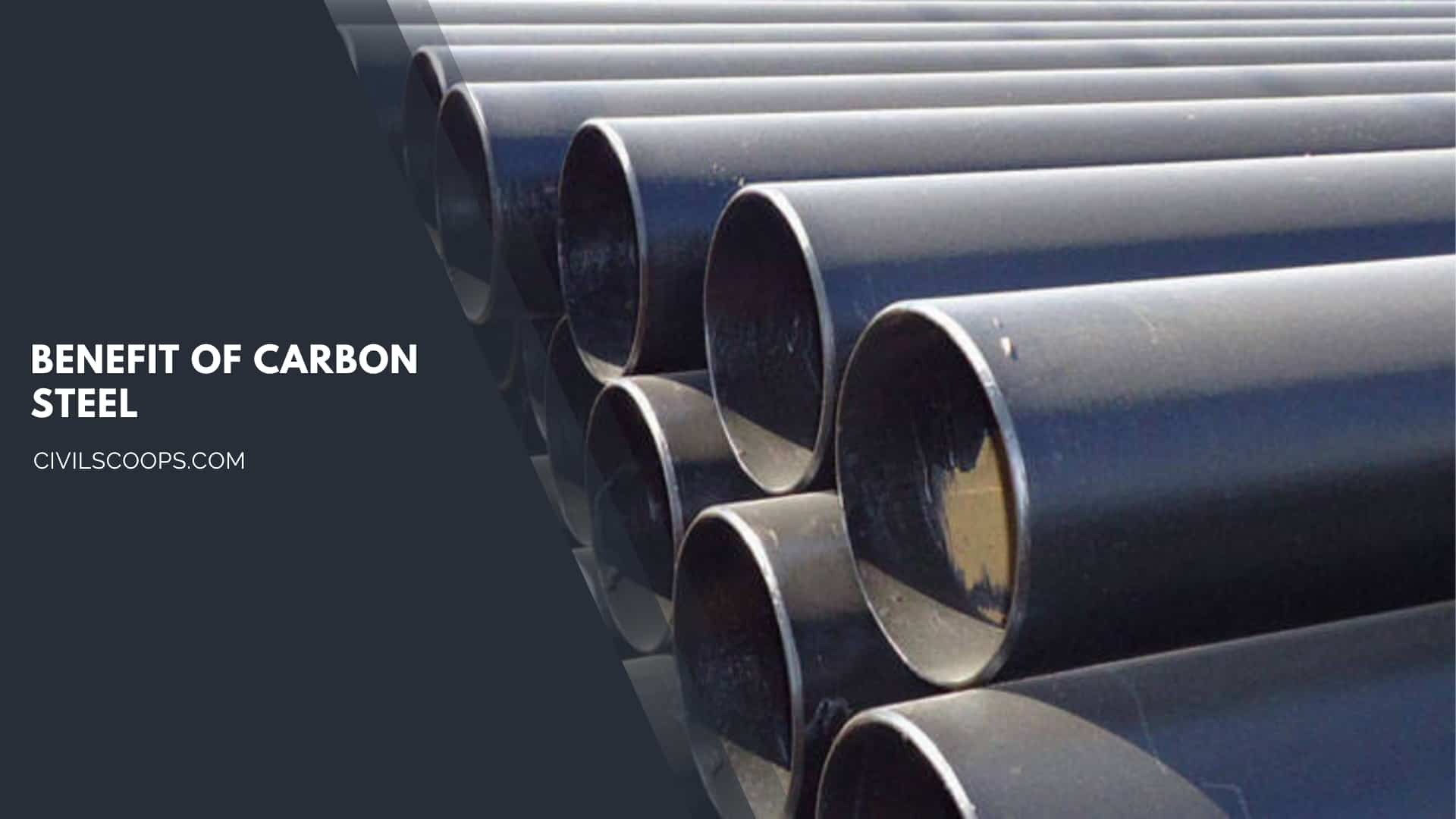
- This unique difference in steel has considerably many advantages compared to other types of metals. Its usage and features may change according to individual purposes.
- Because of its immense strength and durability, it is used to build masonry nails and cutting tools. Steel with a high content of carbon has huge hardness levels.
- It is, as a result, used in many industries to manufacture metal-cutting tools and machinery.
What Is Stainless Steel?
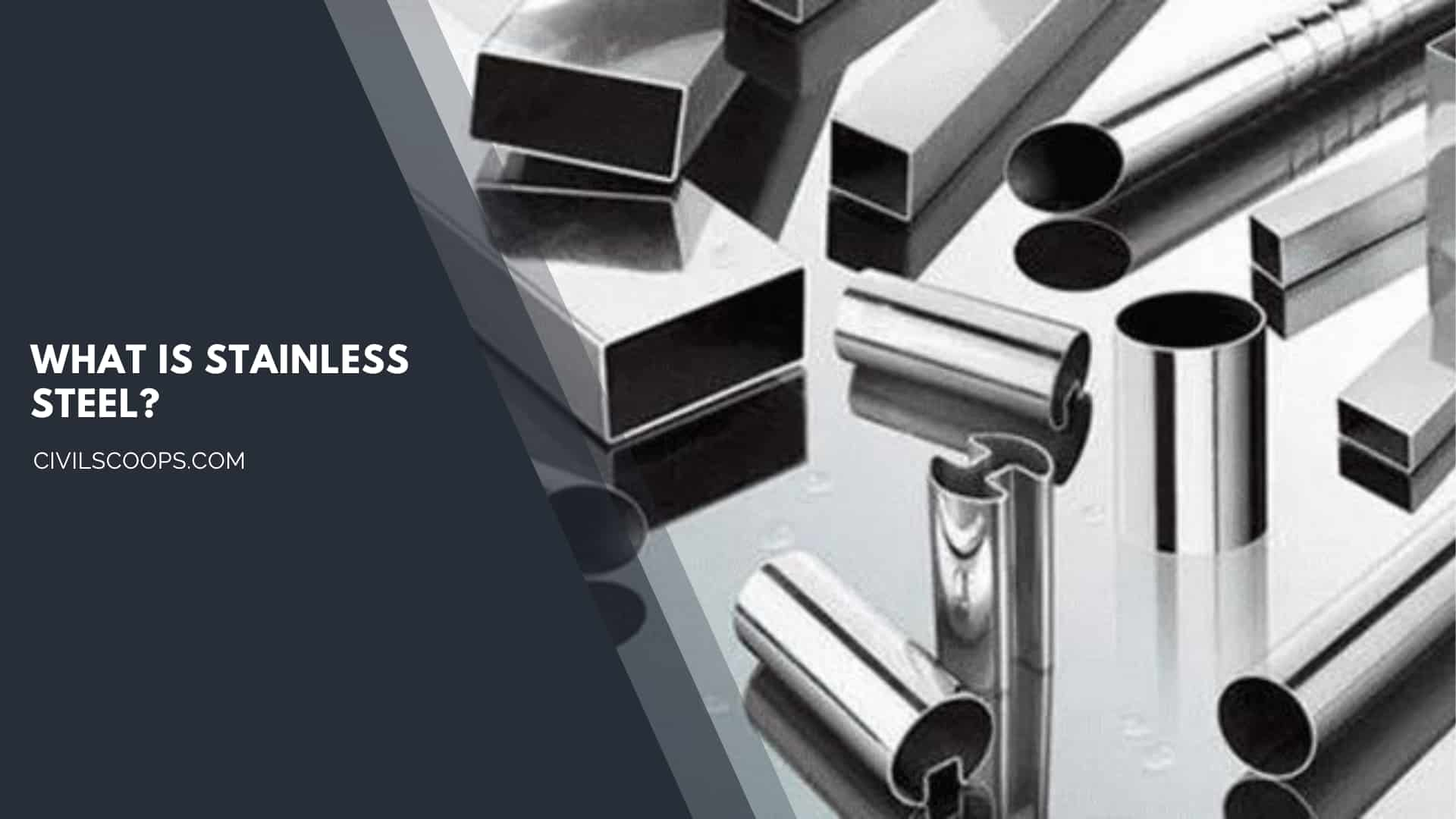
It is a mix of low-carbon steel and chromium. It is the chromium content that provides the metal with its anti-corrosion and ‘stainless’ qualities.
Stainless steel is a steel mixture with chromium in it. It has a minimum of 11% chromium. It is various from carbon steel due to it has chromium present which helps to stop the corrosion of the metal.
With carbon steel, corrosion quickly when it is exposed to air or moisture.
The Melting Point Range of Stainless Steel:
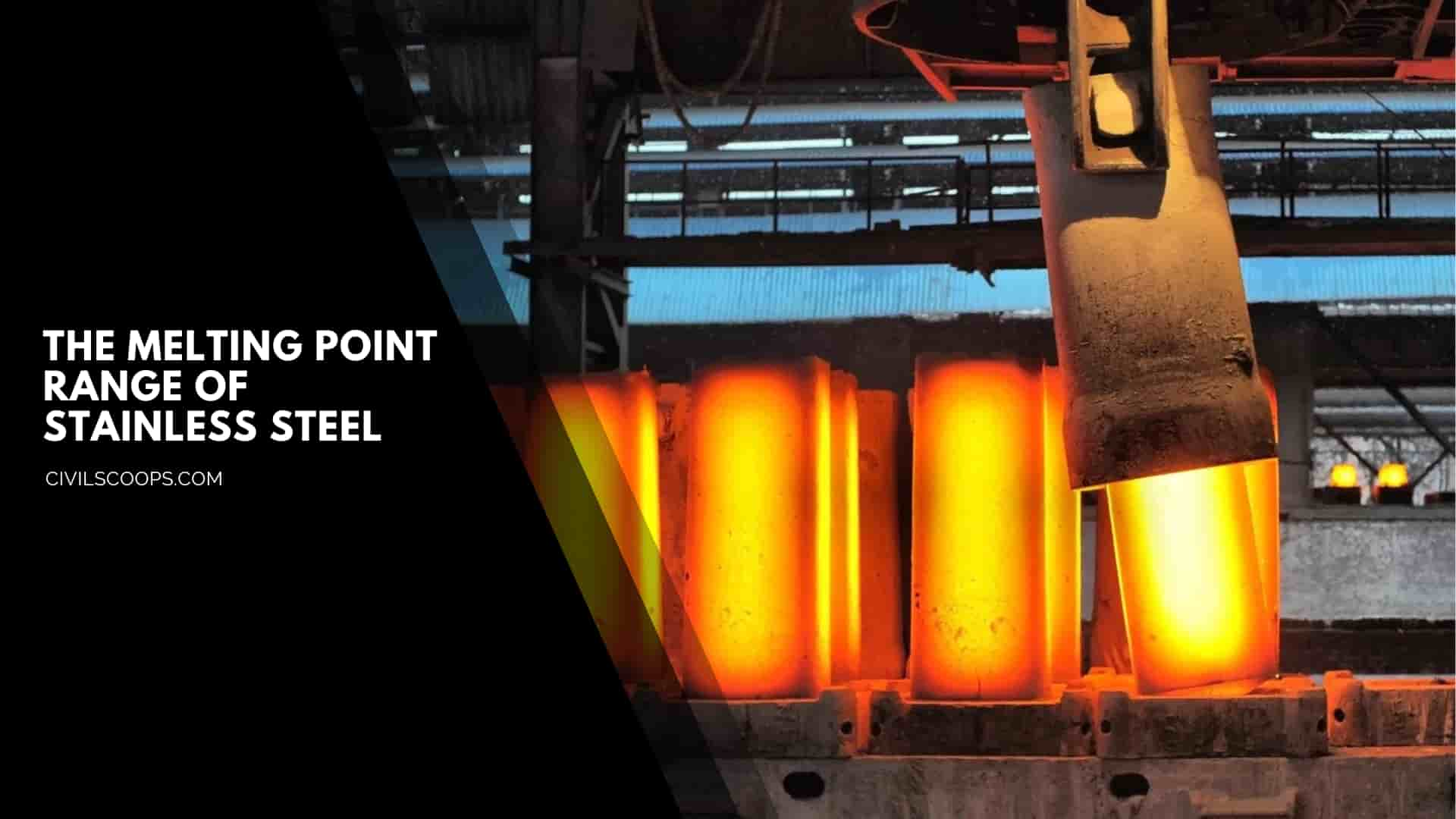
Fe (Pure iron) has a fixed melting point of 1535°C, Cr (chromium) 1890°C and Ni (nickel) 1453°C compared to a range of 1400-1450°C for type 304 SS (stainless steel).
Type of Stainless Steel:
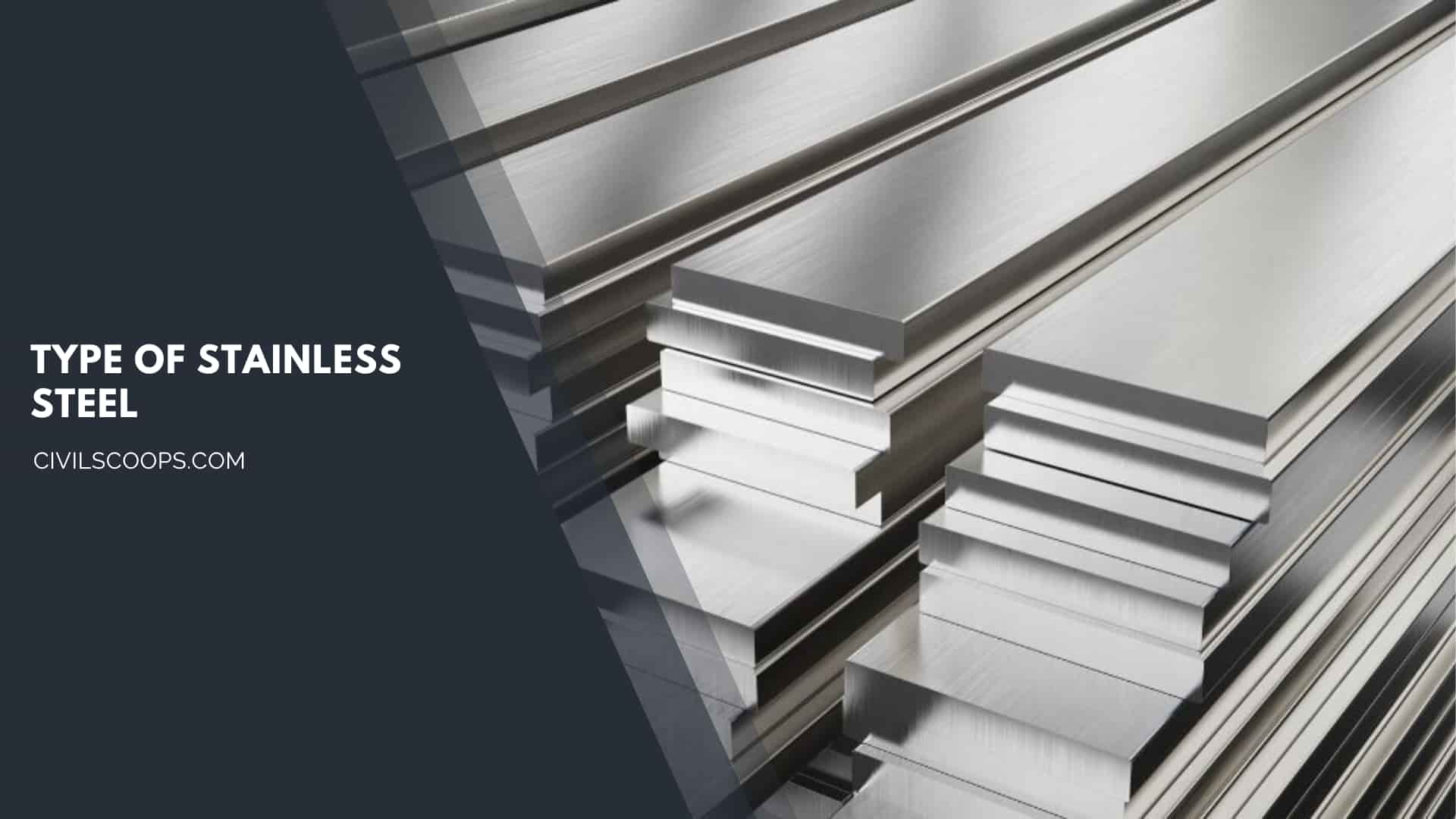
Martensitic Steel: Chromium and carbon
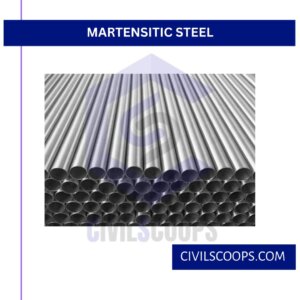
Austenitic Steel: Chromium-nickel alloys
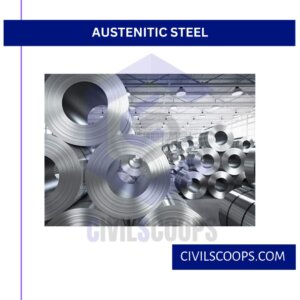
Ferritic Steel: Plain chromium steel
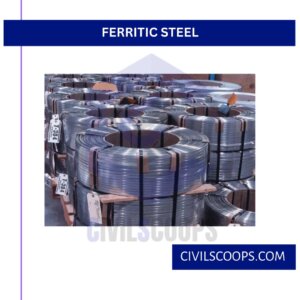
Duplex Steel: A mixture of austenitic and ferritic

Precipitation Hardening Steel: Chromium-nickel
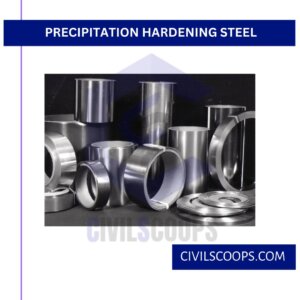
Benefit of Stainless Steel
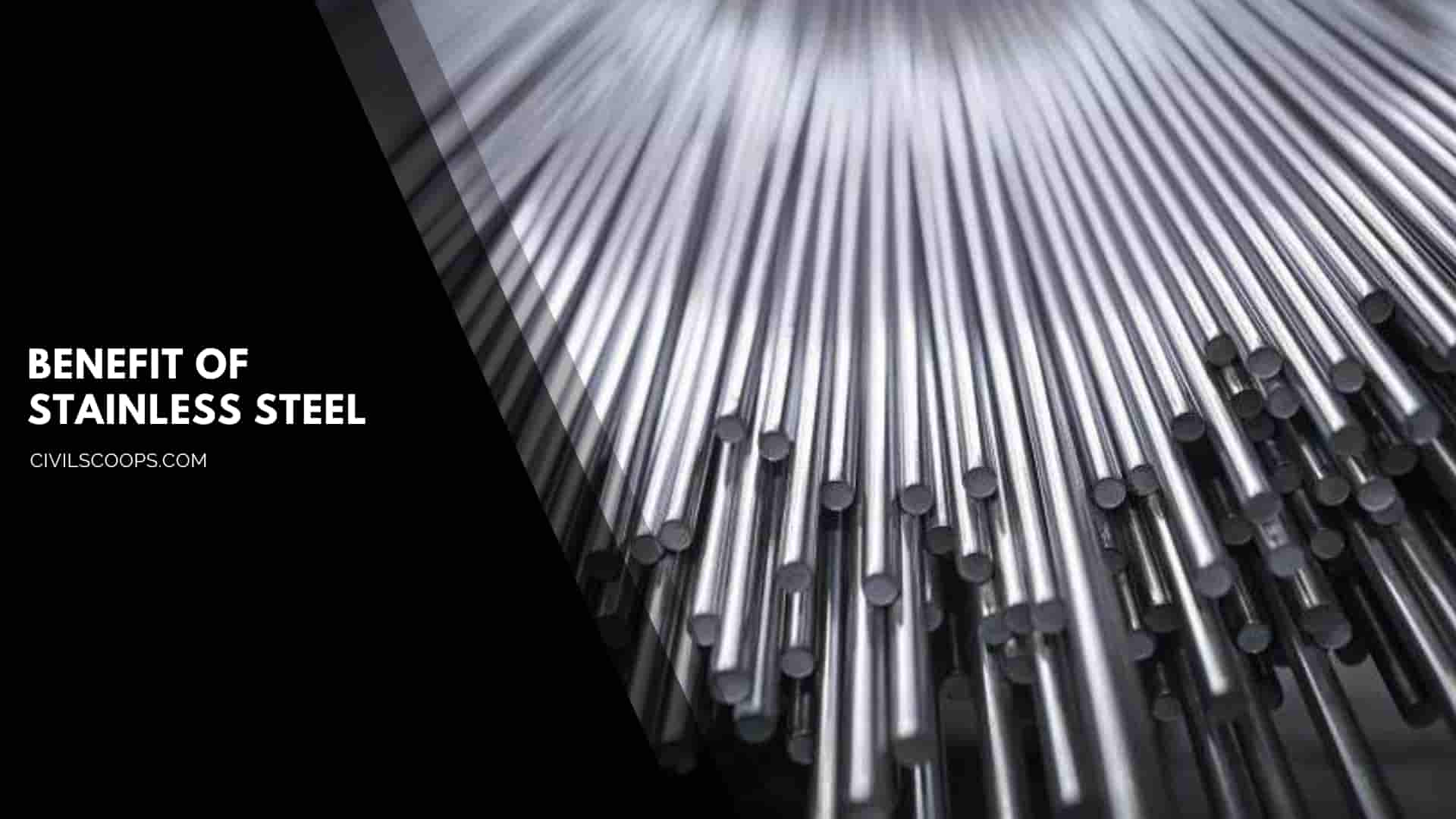
- One of the benefits of stainless steel is such it has a high resistance to scaling and corrosion. It is known to be one of the most hygienic materials available on earth as it is non-porous in nature.
- It is quite easy to clean and maintain. It is, therefore, widely used in industries, hospitals, and other places that require clean and hygienic materials.
- Stainless steel is appearing sophisticated as it exudes a brilliant and clean appearance. It has superior durability and strength when compared to other materials.
- Selecting a suitable type of steel for a project is one of the most important decisions to make. However, before deciding between individual grades, you must first decide which type of steel to use, such as carbon steel or stainless steel.
Differences Between Carbon and Stainless Steel
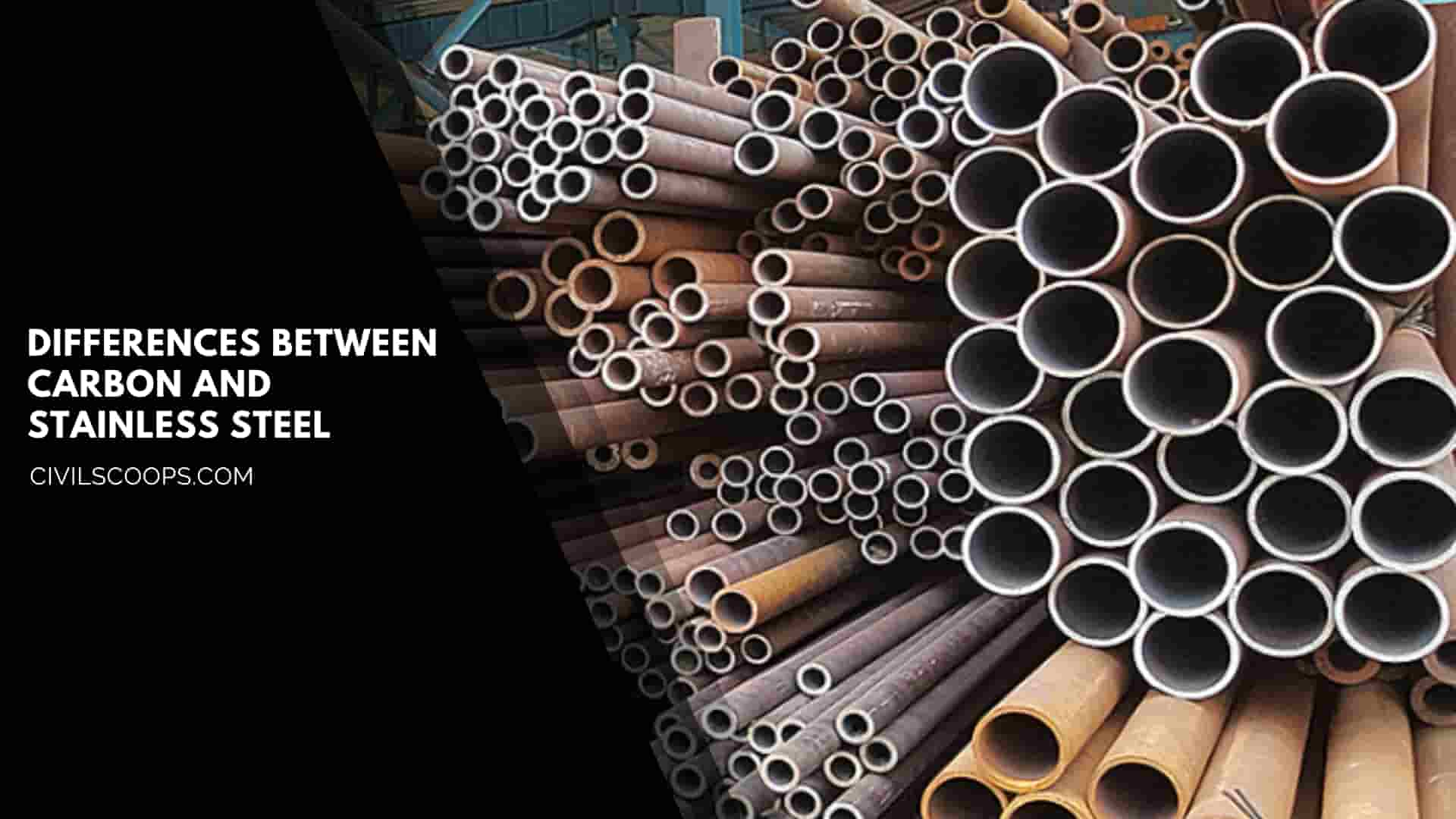
- Corrosion Resistance
- Mechanical Characteristics
- Appearance
- Cost Effect
1. Corrosion Resistance
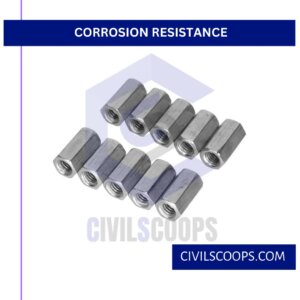
The most obvious difference between carbon steels and stainless steels is their ability to resist corrosion. Stainless steels, as the name suggests, are generally more resistant to two sheets of steel.
Both carbon sheets of steel and stainless steel contain iron that oxidizes when exposed to the environment, causing rust.
Chromium added to stainless steel makes it more corrosion resistant than carbon steels. Chromium will attach itself to oxygen more easily than iron.
When chromium attaches to oxygen, it forms a chromium oxide layer that protects the rest of the material from corrosion and corrosion.
Carbon steel usually does not have enough chromium to form this chromium oxide layer, allowing oxygen to bond with iron resulting in iron oxide or corrosion.
So if corrosion resistance is an important factor, then stainless steel is the way to go.
2. Mechanical Characteristics

It is difficult to make a comprehensive statement about the difference in mechanical properties between carbon steels and stainless steels because each has many different types and grades.
Stainless steels can be more ductile than carbon steels because they usually have higher nickel content. However, stainless steel has very brittle grades, such as martensitic grades.
Carbon steels with very small amounts of carbon do not match the tensile strength of some stainless steels due to alloying elements, which have several stainless steel grades that increase their strength.
3. Appearance
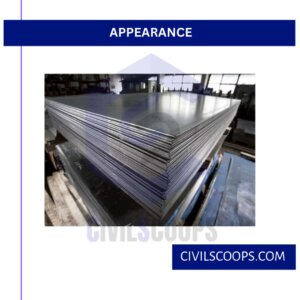
If the job requires an aesthetic appeal, then the presence of metal must be considered. Especially finish stainless steels are generally preferred when cosmetic appearance is a factor.
Although both can be sanded and polished to look shiny, shiny, carbon steel requires a clear coat or paint after the polishing process.
If not implemented, carbon steel will begin to tarnish and eventually rust. Also, if the stainless steel is scratched, it will retain its luster in the scratched area, while a painted piece of carbon steel will have to be repainted, or it will be subject to corrosion.
4. Cost Effect
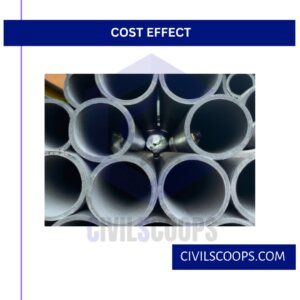
Although the costs of different grades vary, stainless steel is generally more expensive than carbon steels. This is due to the addition of a variety of alloying elements in stainless steel, including chromium, nickel, manganese, and others.
These additional elements add to the increased cost of all carbon steels. Carbon steel, on the other hand, is mostly made of relatively inexpensive iron and carbon elements.
If you are working on your next project with a tight budget, then carbon steel may be the best option.
[su_box title=”FAQ” style=”default” box_color=”#333333″ title_color=”#FFFFFF” radius=”3″ class=”” id=””]
What Is Carbon Steel Used For?
Also called mild steel, it’s commonly used structurally in buildings and bridges, axles, gears, shafts, rails, pipelines and couplings, cars, fridges and washing machines. High carbon steel has a much better tensile strength, used to make cutting tools, blades, punches, dies, springs and high-strength wire.
What Is Stainless Steel Made Of?
Like all other kinds of steel, stainless steel is made primarily from iron and carbon in a two-step process. What makes stainless steel different is the addition of chromium (Cr) and other alloying elements such as nickel (Ni) to create a corrosion-resistant product.
What Is Stainless Steel Used For?
Stainless steel is popularly used for cookware, kitchen utensils and cutlery. This is because it’s hardwearing, corrosion resistant, and it doesn’t affect the flavour of the food when used for food storage or production. Due to the resistance level, foods with high acidity won’t cause damage.
How Much Is Stainless Steel Worth?
$0.23/lb These prices are current as of today’s date and are subject to change, at any time due to outstanding market conditions.
Type of Carbon Steel
Carbon Steel has three main subgroups depending on how much carbon is in the metal: Low Carbon Steels/Mild Steels (up to 0.3% carbon), Medium Carbon Steels (0.3–0.6% carbon), and High Carbon Steels (more than 0.6% carbon).
Type of Stainless Steel
Stainless steel can be classified into one of five different types: austenitic, ferritic, martensitic, duplex (austenitic-ferritic), or precipitation. Each of these types can be subdivided into grades of stainless steel. Each grade features a different level of quality, durability, and temperature resistance.
Is Martensitic Stainless Steel Magnetic?
Most of the stainless steels in this category are magnetic. If iron is present, the crystal structure of martensitic stainless steel can be ferromagnetic. Because iron is the primary material in stainless steel, martensitic steels have magnetic properties.
Is Austenitic Stainless Steel Magnetic?
Most stainless steels falling under this category are non-magnetic because they contain high amounts of austenite. Even though some of the metals like grade 304 and 316 have iron in their chemical composition, they are austenite, meaning they are non-ferromagnetic.
What Is Ferritic Stainless Steel Used For?
Ferritic stainless steel is frequently used in the manufacture of waterheating appliances due to its excellent formability and its extremely high resistance to such shortcomings as pitting and stress corrosion cracking associated with austenitic stainless steel.
What Is Precipitation Hardening Stainless Steel?
Precipitation hardening refers to a heat treatment method that is applied to increase the yield strength of stainless steel, as well as a number of other different malleable structural alloys. The result of this treatment on stainless steel is a product with extremely impressive high-temperature strength.
Can You Use Carbon Steel on Induction?
Carbon steel pans have properties similar to cast iron in that they can take high heat and are great for searing, but they weigh less. You can use any carbon steel pan on an induction cooktop. Restaurant chefs swear by them.
Why Is It Called Stainless Steel?
Stainless steel is the generic term used to represent the family of corrosion resistance alloys. This metal derives its name because it does not stain, rust or corrode, hence, called “STAINLESS STEEL”. Its properties are more enhanced with other elements such as Molybdenum, Nickel and nitrogen.
Why Is Stainless Steel Expensive?
Stainless steel is more expensive to produce because of the addition of the variety of alloying elements, such as iron, chromium, nickel, manganese and copper. Manufacturers also add about 10% chromium to the steel as an added agent to provide corrosion resistance.
Why Is Carbon Added to Stainless Steel?
Pure iron cannot be hardened or strengthened by heat treatment but the addition of carbon enables a wide range of hardness and strength. In Austenitic and Ferritic stainless steels a high carbon content is undesirable, especially for welding due to the threat of carbide precipitation.
What Is Medium Carbon Steel?
Medium carbon steel is carbon steel that contains between 0.30 and 0.60 percent carbon. It also has a manganese content between 0.6 and 1.65 percent. This type of steel provides a good balance between strength and ductility, and it is common in many types of steel parts.
What Is Ultra High Strength Steel?
Ultra-High Strength Steel (UHSS) is specially formulated steel with a tensile strength above 780 MPa. AHSS with a tensile strength of at least 1,000 MPa is often called “GigaPascal steel” (1000 MPa = 1GPa).
Is Ferritic Stainless Steel Magnetic?
This type of stainless steel is magnetic primarily because it contains large quantities of ferrite in its chemical composition, which is a compound of iron and other elements. The crystal structure of ferrite and iron is what makes these types of stainless steel magnetic.
Is Carbon Steel a Ferritic Steel?
In conclusion, then yes: Carbon steel is classified as a type of ferritic steel due to its low-carbon composition, which puts it at 0-2% on the scale—while still being strong enough for many common everyday applications as well as more specialized industrial ones too!
When to Use Carbon Steel Vs Stainless Steel?
Versatility: Both pan types are versatile. While carbon steel skillets may be better suited to stir-frying and stainless steel pans to sautéing, both are adaptable and can work well for many different types of recipes and cooking approaches. They’re also both oven-safe and function well on induction cooktops.
When Carbon Is Added to Steel It?
Generally, carbon is the most important commercial steel alloy. Increasing carbon content increases hardness and strength and improves hardenability. But carbon also increases brittleness and reduces weldability because of its tendency to form martensite.
[/su_box]
[su_note note_color=”#F2F2F2 ” text_color=”#333333″ radius=”3″ class=”” id=””]
Like this post? Share it with your friends!
Suggested Read –
- What Is Admixture | 26 Types of Admixtures | Advantages & Disadvantages of Admixture
- All About FSI and FAR | What Is FSI | What Is FAR | What Is Premium FSI | FSI Full Form | FAR Full Form
- Benchmark in Surveying | TBM in Surveying | GTS Benchmark| Permanent Benchmark | Arbitrary Benchmark
- What Are Walls | What Is Interior Walls | 25 Types of Wall | Types of Interior Wall Materials | Types of Wall Construction | Types of Load Bearing Wall
- All About PPC Cement | What Is PPC Cement | Types of Pozzolana Materials | Manufacture of Portland Pozzolana Cement | Uses of Portland Pozzolana Cement
[/su_note]
Originally posted 2023-03-27 10:37:27.
